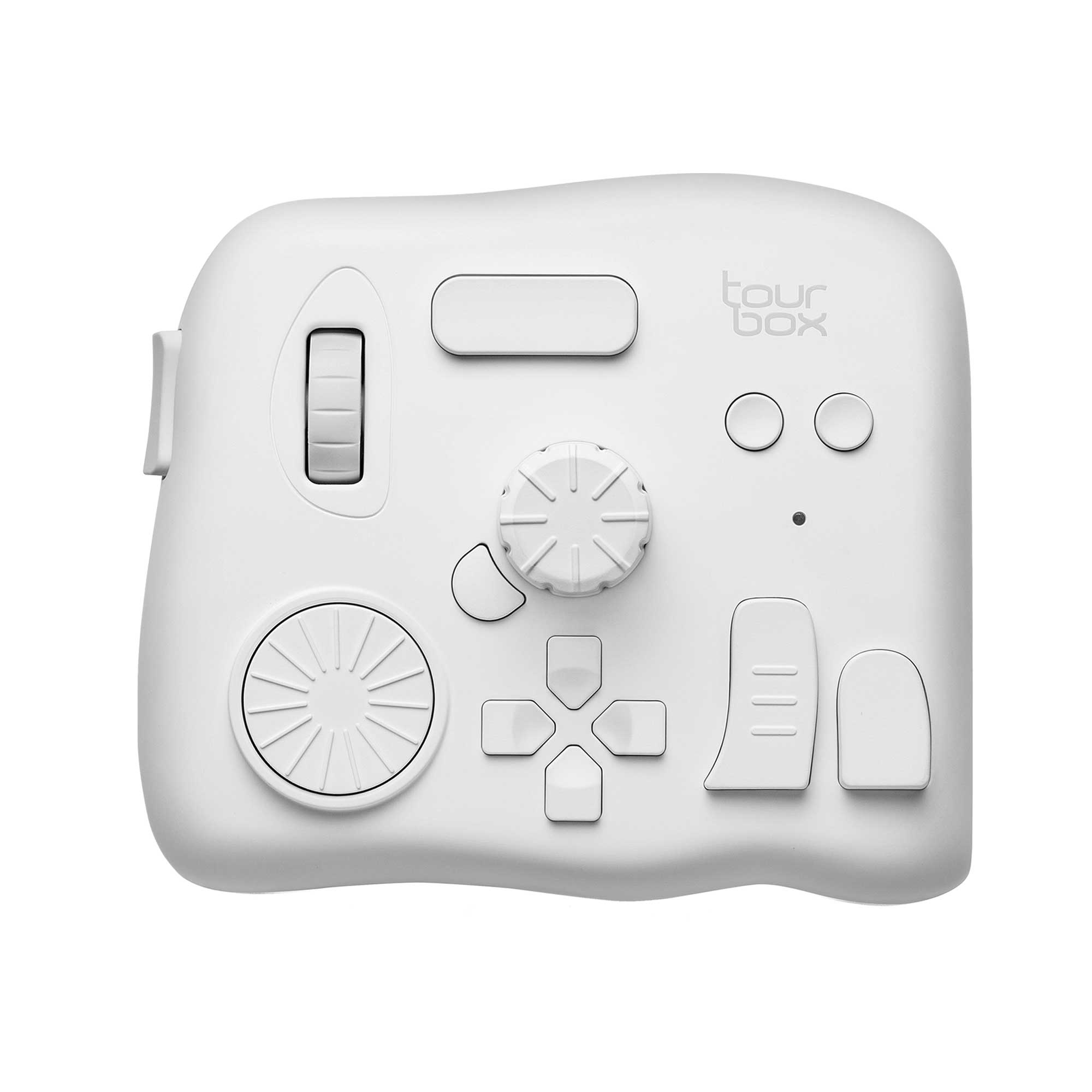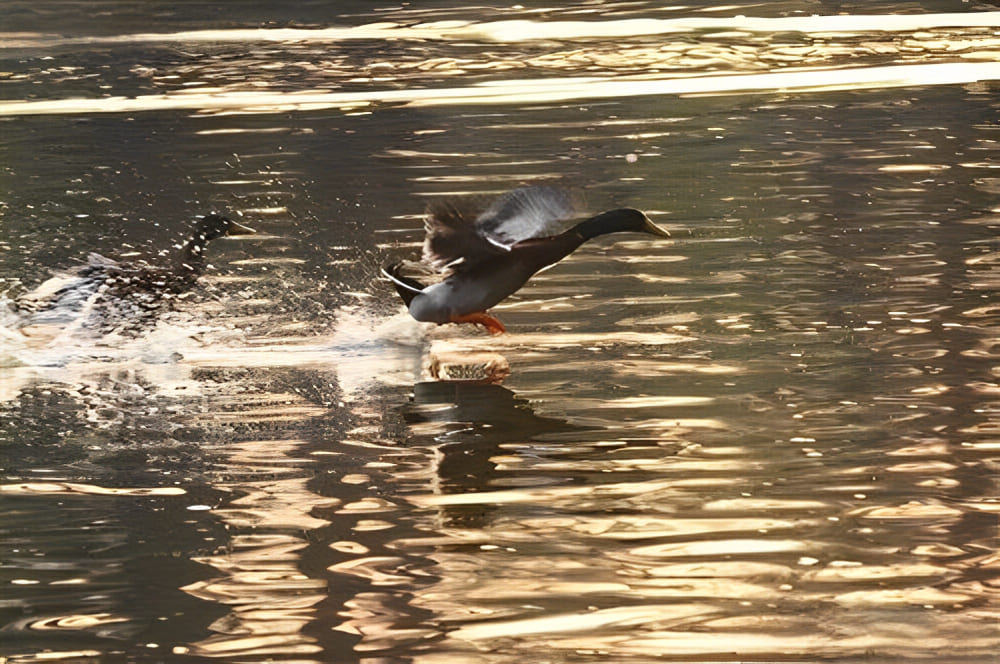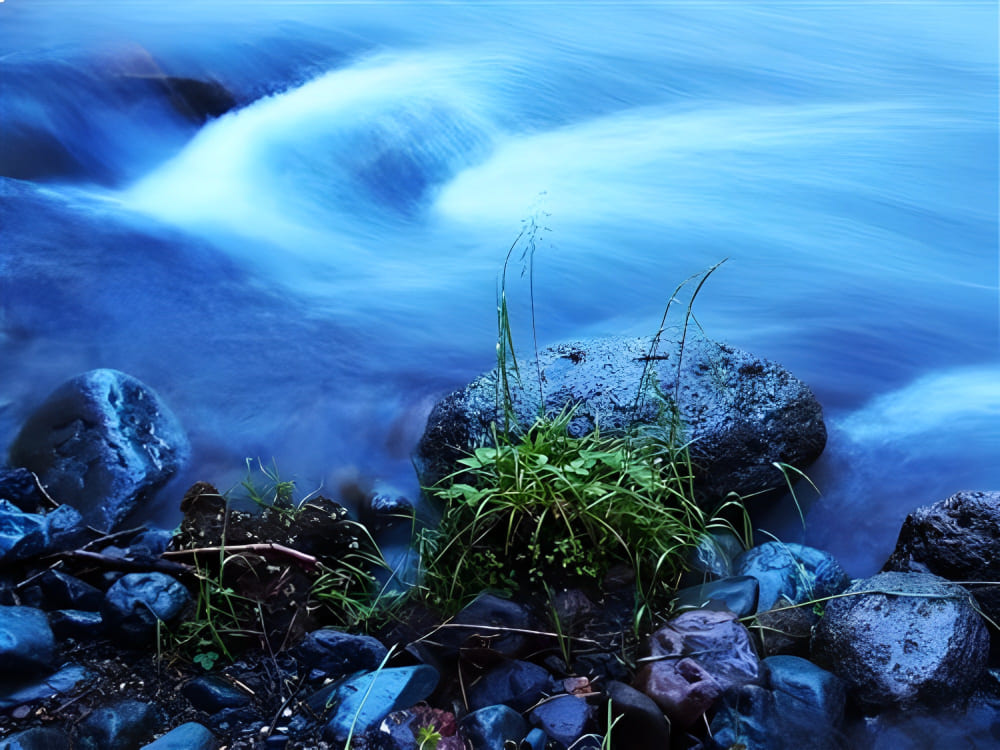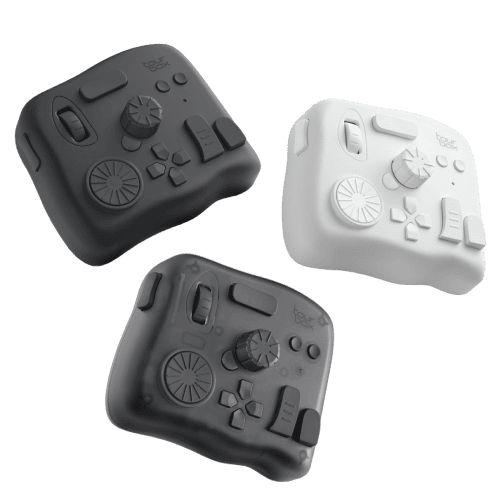The Ultimate Guide to Shutter Speed for Photography
Have you ever tried to take a photo of a fast-moving object, like a bird or a car, only to find that the image comes out blurry?
Or perhaps you've tried to capture the motion of a waterfall or a spinning carnival ride, but the photo doesn't quite do justice to the movement you witnessed in person.
If you've experienced either of these situations, you might be wondering what went wrong with your photography.
One of the key factors that can affect the sharpness and clarity of your photos is shutter speed. This may sound like a technical concept, but it's actually something that we experience in our day-to-day lives all the time.
Understanding how shutter speed works can help you take more control over your photography and capture the images you want. In this article, we'll explore what is shutter speed and provide tips for using it effectively in your photography.

In this article, you will learn:
- What Is Shutter Speed in Photography
- How to Capture Wonderful Moments With Shutter Speed?
- How to Change Shutter Speed on Camera?
- How to Improve the Workflow of Photo Editing
What Is Shutter Speed in Photography
Imagine you are walking through a beautiful park on a sunny day. The sun is shining brightly, casting a warm glow on everything it touches. You come across a fountain where water is flowing gracefully, and you decide to capture this moment with your camera.
You want to freeze the motion of the water, creating a sharp and detailed image. Or perhaps you prefer to emphasize the movement, resulting in a smooth and silky effect.
The key to achieving either of these outcomes lies in understanding and controlling one essential aspect of photography: shutter speed.
1. Definition of Shutter Speed
Shutter speed, simply put, is the amount of time the camera's shutter is open, allowing light to pass through the lens and onto the image sensor. It is one of the three pillars of the exposure triangle, along with aperture and ISO, that determines the final exposure of an image.
By adjusting the shutter speed, photographers can manipulate the amount of time the camera's shutter remains open, which directly impacts the amount of light that reaches the camera sensor. This, in turn, affects the brightness or darkness of the image.
The longer the shutter is open, the more light will reach the sensor, and the brighter the image will be. Conversely, the shorter the time the shutter is open, the less light will reach the sensor, and the darker the image will be.
Shutter speed is measured in fractions of a second or seconds, enabling photographers to capture fast-moving objects with high shutter speeds or create artistic effects with slow shutter speeds.
By experimenting with different shutter speeds, photographers can unleash their creativity and capture stunning images that tell a story and evoke emotions.
Here is one of the best tutorials on shutter speed on YouTube (made by Benjamin Jaworskyj).
2. Effects of Shutter Speed
Shutter speed affects not only the brightness of an image but also the portrayal of motion.
- A fast shutter speed (e.g., 1/1000) can freeze the action of a fast-moving subject, like a bird in flight or a sprinter mid-race.
- A slow shutter speed (e.g., 1/15) can create a sense of motion by blurring the movement of a subject, like the flowing water in the fountain or the stars in the night sky.
The choice of shutter speed depends on the desired effect and the available light.
In bright conditions, a fast shutter speed is necessary to avoid overexposure. In low-light situations, a slower shutter speed may be required to capture enough light for a well-exposed image.
However, this can lead to camera shake and motion blur if the camera is not properly stabilized.
3. Balancing Shutter Speed With Aperture and ISO
To create a well-exposed image, photographers need to balance the three components of the exposure triangle: shutter speed, aperture, and ISO. Shutter speed determines the duration of time the camera's shutter remains open, allowing light to enter the camera and reach the image sensor.
The aperture controls the size of the lens opening and determines how much light enters the camera. ISO measures the sensitivity of the image sensor to light, with higher ISO values being more sensitive to light and lower values less sensitive.
For example, if a photographer wants to capture a fast-moving subject such as a racing car, they may need to use a fast shutter speed, say 1/1000th of a second or faster, to freeze the motion.
However, this may reduce the amount of light entering the camera, resulting in an underexposed image.
To compensate for this, the photographer may need to widen the aperture by using a lower f-number or increase the ISO to allow more light into the camera and achieve a well-exposed image.
Conversely, if the photographer wants to create a blurred effect such as a silky waterfall or light trails, they may need to use a slow shutter speed, say a few seconds or longer.
To avoid overexposing the image, they may need to narrow the aperture by using a higher f-number or decrease the ISO to reduce the sensitivity of the image sensor to light.
To gain a better understanding of how shutter speed, aperture, and ISO work together, why don't we take a moment to watch the following YouTube video (made by Tek Syndicate) that explains the relationship between these three elements?
How to Capture Wonderful Moments With Shutter Speed?
Shutter speed is a critical aspect of photography. By adjusting the shutter speed, you can capture exciting moments in a variety of ways. In this section, we'll explore how to use fast and slow shutter speeds to capture thrilling moments in your photography.
1. What Is Fast Shutter Speed and How It Works?
Fast shutter speed is a term used in photography. It means that the shutter opens and closes very quickly, allowing only a brief moment for light to enter the camera. This results in a freeze-frame effect, capturing the subject in sharp focus without any motion blur.
Fast shutter speeds are typically measured in fractions of a second, such as 1/1000th of a second or faster.
They are particularly useful for capturing fast-moving subjects with precision and clarity. Examples of when to use a fast shutter speed include sports photography, wildlife photography, and action photography.
A fast shutter speed is essential for capturing fast-moving subjects with precision and clarity. A fast shutter speed freezes the motion of a subject, allowing you to capture it in sharp focus. Here are a few examples of when to use a fast shutter speed:
- Sports Photography: If you're photographing sports, you'll need to use a fast shutter speed to freeze the action. For example, a shutter speed of 1/1000th of a second will capture a basketball player in midair or a soccer player kicking the ball with stunning clarity.
- Wildlife Photography: When photographing wildlife, a fast shutter speed is crucial to capture the subject in sharp focus. For example, a shutter speed of 1/1000th of a second or faster can freeze the motion of a bird in flight or a running animal.
- Street Photography: When photographing people on the street, a fast shutter speed can help you capture candid moments quickly. For example, if you're photographing a street performer, a shutter speed of 1/500th of a second will freeze the performer's motion and capture their expression in detail.

This image was captured using the Nikon D4 with a high-speed shutter of 1/400th of a second
2. What Is Slow Shutter Speed and How It Works?
In photography, a slow shutter speed means the camera's shutter is open for a longer time, which can create a blurred or streaked effect in your photos. This is useful for creating artistic effects and capturing movement.
Slow shutter speeds are typically measured in seconds, with some cameras capable of capturing exposures that last several minutes. They are particularly useful for creating artistic effects and capturing the movement of your subject.
You can use slow shutter speeds when photographing waterfalls, capturing light trails at night, and creating abstract images using light painting. Here are a few examples of when to use a slow shutter speed:
- Waterfalls: When photographing waterfalls, a slow shutter speed can create a beautiful silky smooth effect that emphasizes the movement of the water. For example, a shutter speed of 5 seconds or longer can create a stunning waterfall image.
- Night Photography: When photographing at night, a slow shutter speed can capture the movement of light sources, such as streetlights, car headlights, or stars. For example, a shutter speed of 30 seconds can create a beautiful star trail image.
- Light Painting: When photographing light painting, a slow shutter speed can capture the movement of the light source, creating a beautiful abstract image. For example, a shutter speed of 30 seconds or longer can create a stunning light painting image.

This photo was captured using a slow shutter speed of 1.6 seconds, and the flowing stream is as beautiful as a floating cloud
How to Change Shutter Speed on Camera?
Adjusting the shutter speed setting of your camera is an essential skill for any photographer. Whether you're using a Canon, Nikon, or another major camera brand, the process of adjusting the shutter speed is similar.
Here's a guide on how to adjust the shutter speed settings on the camera.
1. How to Change Shutter Speed on Canon & Nikon?
- Set your camera to Shutter Priority mode. This mode gives you full control over the shutter speed, while the camera automatically adjusts the aperture to get a correct exposure.
- Rotate the main command dial to change the shutter speed. Turning the dial to the right will increase the shutter speed while turning it to the left will decrease the shutter speed.
- Check the exposure indicator to make sure your photo is correctly exposed. The exposure indicator is usually a series of bars or a needle that moves between two markers. If the needle is in the middle, your photo is correctly exposed. If the needle is to the left, your photo is underexposed. If the needle is to the right, your photo is overexposed.
- Take a photo. Once you're happy with the shutter speed and exposure, press the shutter button to take a photo.
2. Adjust Shutter Speed on Other Major Camera Brands
The process of adjusting shutter speed settings may vary depending on the camera brand and model. However, most cameras have a manual mode and a shutter speed dial or button that can be used to adjust the shutter speed. Here are some general steps to follow:
- Turn on your camera and set it to manual mode.
- Look for the shutter speed dial or button on the camera body.
- Turn the dial or press the button to adjust the shutter speed. Some cameras may allow you to make adjustments on the LCD screen.
- To lock in your settings, half-press the shutter button to meter the exposure, then fully press the shutter button to take the photo.
Here is a YouTube video (made by Photo Genius) about how to adjust Shutter, Aperture, and ISO on a Canon camera.
How to Improve the Workflow of Photo Editing
Despite a photographer's best efforts to capture a perfect shot, there are often unexpected factors that can affect the final image.
Lighting conditions, weather, and other environmental factors can all impact the quality of a photograph. Therefore, post-editing is an essential part of the process that can help to enhance the image, correct any imperfections, and bring out the best in the photo.
Even with the most advanced camera equipment and technical knowledge, a great photo is often inseparable from the post-editing process.
It allows photographers to fully realize their creative vision and produce images that truly capture the essence of their subject matter.
However, for many photographers, the post-editing process can become cumbersome and time-consuming, detracting from the joy of photography. Fortunately, there are tools available that can help streamline the editing process and boost productivity.

One such tool is TourBox, a versatile and intuitive editing controller that can greatly improve work efficiency and free up the photographer's time to focus on what they do best - capturing breathtaking images.
By using TourBox, photographers can optimize their workflow and achieve professional-level results in a fraction of the time it would take with traditional editing methods.
In short, while mastering shutter speed requires practice and patience, with the right tools and techniques, photographers can create stunning images that will stand the test of time.
Mastering shutter speed is a crucial skill for any photographer looking to capture stunning images with precision and creativity.